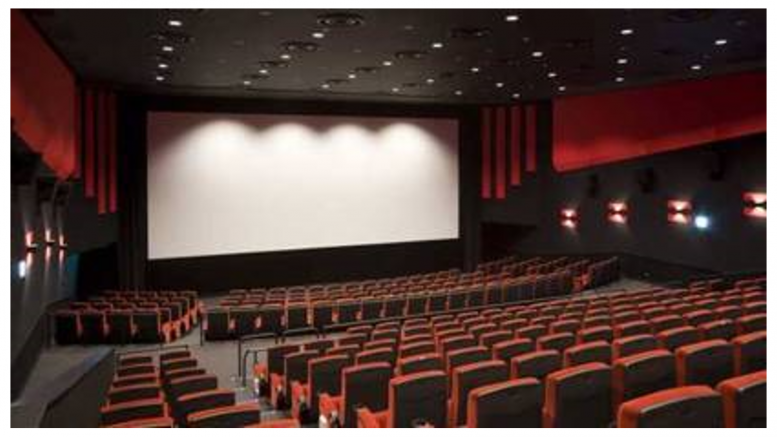Once considered a niche market, the Indian film industry is now a global phenomenon, with its films reaching audiences across the world. From Hollywood collaborations to streaming platforms, the changing face of the Indian film industry has revolutionized the way we consume entertainment.
Earlier, largely focused on domestic audiences, Indian films are now gaining popularity around the world. The movies were often formulaic with a predictable plotline and relied heavily on song and dance sequences . However, with the advent of globalization and the emergence of a new generation of filmmakers, the industry has undergone significant changes.
In the early 2000s, a new wave of directors like Farhan Akhtar, Sanjay Leela Bhansali, Karan Johar and Zoya Akhtar brought a fresh perspective to filmmaking. They experimented with different genres, which resulted in independent cinema receiving critical acclaim in India and internationally. And this baton was carried forward by Imtiaz Ali, S.S. Rajamouli, Anurag Kashyap and Ayan Mukerji, to name a few successful directors.
This can be attributed to several factors, including changes in the types of films being produced, advancements in technology, and increased interest from international audiences. In recent years, we have also seen a growing trend of socially conscious movies. Films have tackled issues such as caste discrimination, religious extremism, and acid attacks on women. These films have not only received critical acclaim but have also started important conversations about the issues they address. The focus also shifted to creating visually stunning films with high production values.
Consequently, Hindi film audience has undergone significant changes too. In the past, the audience primarily comprised of families and individuals who preferred to watch films that were family-friendly and had a message or a moral lesson to convey.
Over the years the audience has become younger, more diverse, and cosmopolitan. Today, the Indian audience is more demanding and discerning, and they expect high-quality content that is both entertaining and thought-provoking. They are more open to unconventional stories and themes and prefer to watch films that challenge social norms and taboos. This has led to the emergence of new genres like dark comedies, coming-of-age films, and stories with strong female protagonists. Few examples would include Wake Up Sid, Kahaani, Karwaan and Masaan, among others.
Another significant change is the rise of digital platforms such as Netflix, Amazon Prime, and Disney+Hotstar. These platforms have given audiences access to a wide range of content from all over the world, including English, Hindi and regional films. This in turn has increased the competition and forced filmmakers to raise their game in terms of storytelling, acting, and production values.
Due to the Covid-19 pandemic, the film industry went through a challenging time. The industry faced significant losses due to the closure of theatres, and filmmakers had to adapt to digital platforms. During this time, many films were released directly on digital platforms, and audiences watched them from the comfort of their homes.
With the gradual easing of restrictions, theatres started to reopen, and filmmakers have started releasing films in cinemas again. But, the number of people going to theatres is still not as high as pre-pandemic times, as the audience wants to watch films from the comfort of their homes. That said, flicks like KGF-2, RRR, the VFX powered Brahmastra and action packed Pathaan headlined by superstar Shahrukh Khan have triggered interest and we can see people wanting to go back to the big screen. This is provided, there is something new to look out for and there is enough and more hype to create ahead of the release.
The theatrical experience is still considered to be unique and irreplaceable. Watching a film on the big screen with a group of people can be an immersive experience that cannot be replicated at home. Directors, producers and actors who have successfully cracked this formula are doing considerably well in terms of box-office collection, as well as, OTT viewership. At the end of it, the experience of watching a movie, in cinema has to be really worth your while!
The views and opinions published here belong to the author and do not necessarily reflect the views and opinions of the publisher.



Be the first to comment on "Will the big screen ever make it that big?"